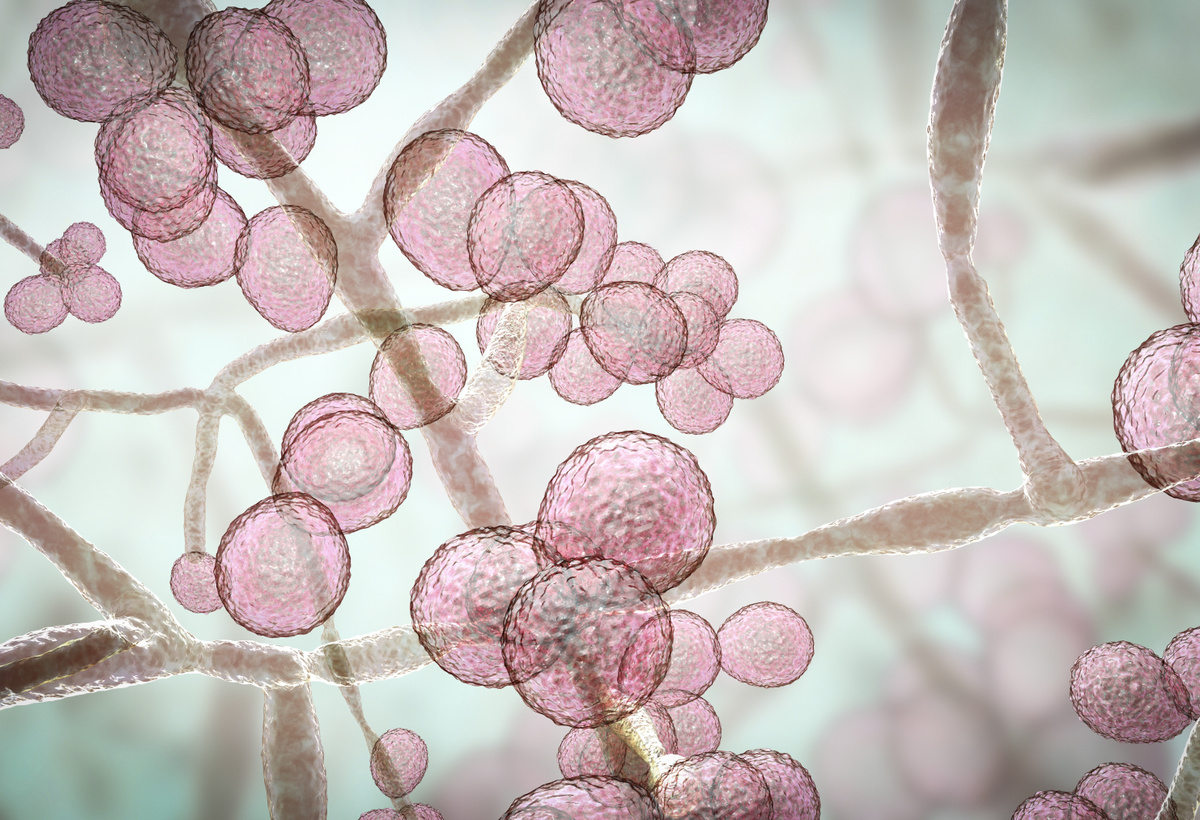Novel Compounds and Methods for Treating Invasive Fungal Infections
Compounds that decrease the synthesis of glucosylceramide, a sphingolipid that promotes fungal infection
With the increasing number of immunodeficient subjects and the increase of the lifespan of these subjects due to the advance in medicine, there has been a concomitant rise in the number of cases of life-threatening fungal infections. Current antifungals are either static, toxic or/and with a too narrow spectrum of activity and increased use have led to increased drug resistance. Therefore, there is a need for new, safer and more effective compounds. Studies have shown that a fungal sphingolipid, glucosylceramide (GlcCer), is critical in promoting fungal virulence and is involved in the infectious processes of a variety of human pathogenic fungi.
Researchers at Stony Brook University identified compounds that significantly decrease the synthesis of GlcCer in C. neoformans but not in mammalian cells. These compounds are effective in vitro against a series of pathogenic fungi, protect mice from Cryptococci meningitis, invasive candidiasis and significantly decrease lung burden of P. murina, the murine model of human pneumocystosis.
 Source: Kateryna_Kon, stock.adobe.com/uk/289136536, stock.adobe.com.
Source: Kateryna_Kon, stock.adobe.com/uk/289136536, stock.adobe.com.
Safe and well-tolerated in animals - Good pharmacokinetic properties - Easily amenable to structural modification for the synthesis of new derivatives - Synergistic with existing antifungals
Fungal Infections, including C. neoformins, P. murina, P. jiroveci, R. oryzae and dimorphic fungi - Active in vivo against cryptococcosis, candidasis, and pneumocystosis
Patent application filed
Proof of concept; animal and in-vitro data available. PCT Pending.
Available for license. Stony Brook is seeking to develop and commercialize, by an exclusive or non-exclusive license agreement and/or sponsored research, with a company active in the area.
Development partner - Commercial partner - Licensing
Additional Information:
Patent Information:
| App Type |
Country |
Serial No. |
Patent No. |
Patent Status |
File Date |
Issued Date |
Expire Date |
|